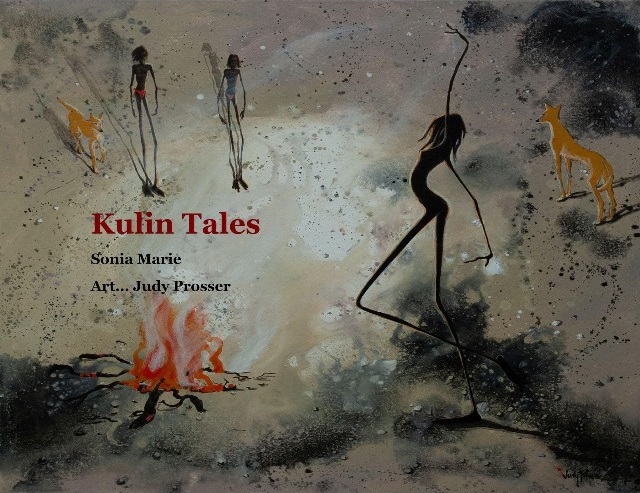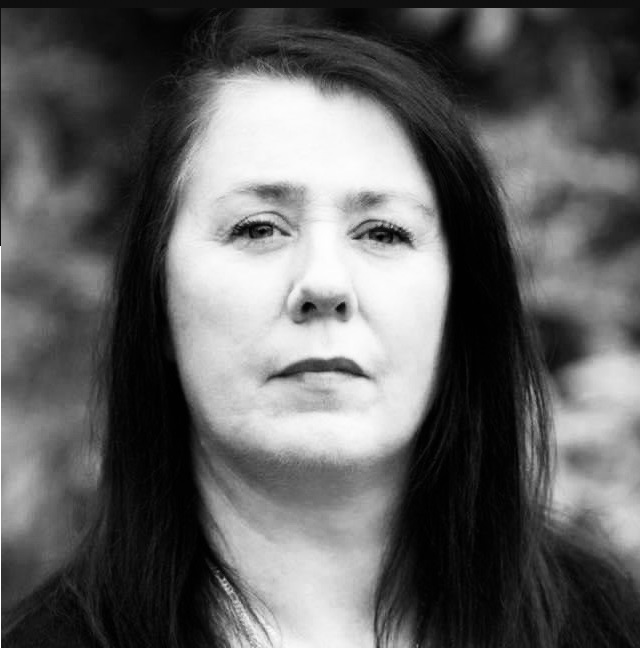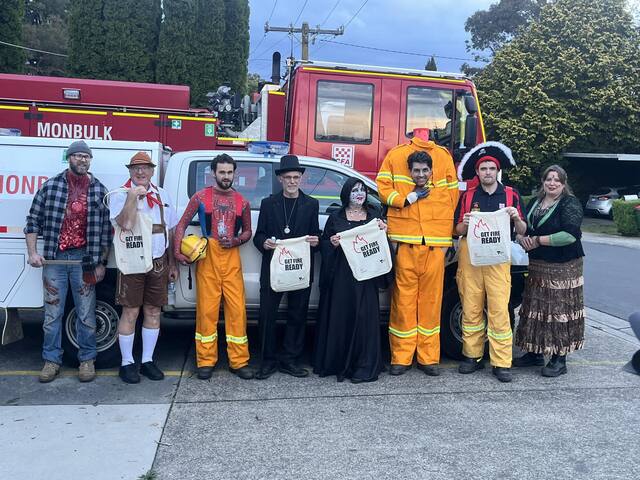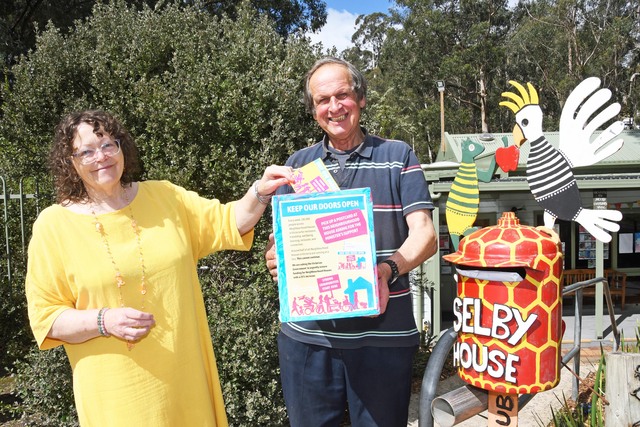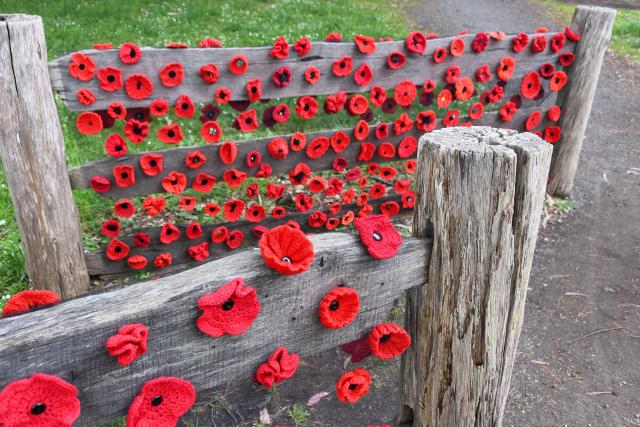Sonia Marie, a proud Bunurong woman, has authored a book featuring stories from each of the seven seasons of the Kulin nation.
Kulin Tales, which is illustrated by Judy Prosser, invites readers to “step back in time and enjoy captivating stories that share the seasonal movements of Bunerong People.”
Ms Marie said the book features the Bunurong language, which she wants to introduce to more people.
“I’ve been working for 30 years to reclaim our language through archival and historical records, so I wanted to weave some of the language into the books.”
“It’s so important because language is culture, especially to Aboriginal people.”
Ms Marie said while some parts of the language are still used by elders and community members, she has worked hard to preserve the words used by her people in the past and introduce them to a new audience.
“In the Kulin nation we have seven seasons instead of four, so I wrote a story for each season,” she said.
“The stories explore how Aboriginal people would have lived in the past, by the season.”
The Kulin nation is an alliance of five Indigenous Australian nations, who are the Wurundjeri, Bunurong, Wathaurong, Tanugurung and Dja Dja Wurrung people.
Before colonisation by the British, the Indigenous nations who make up the Kulin Nation spoke five related languages and inhabited the area for 40,000 years.
Ms Marie said she hopes the book will help people become more in touch with the culture of Indigenous Australians who live in Kulin Country.
“I’d love for the stories to get into the education system,” she said.
“It starts on the ground; I’m always trying to do talks with children about Bunerong culture.”
The Bunerong people preside from Werribee River to Wilsons Prom, including parts of what is now Melbourne as well the Dandenong Ranges.
Like other Aboriginal people in the Kulin nation, they suffered heavily after British colonisation and by 1839 their numbers had been reduced to less than 100 people.

